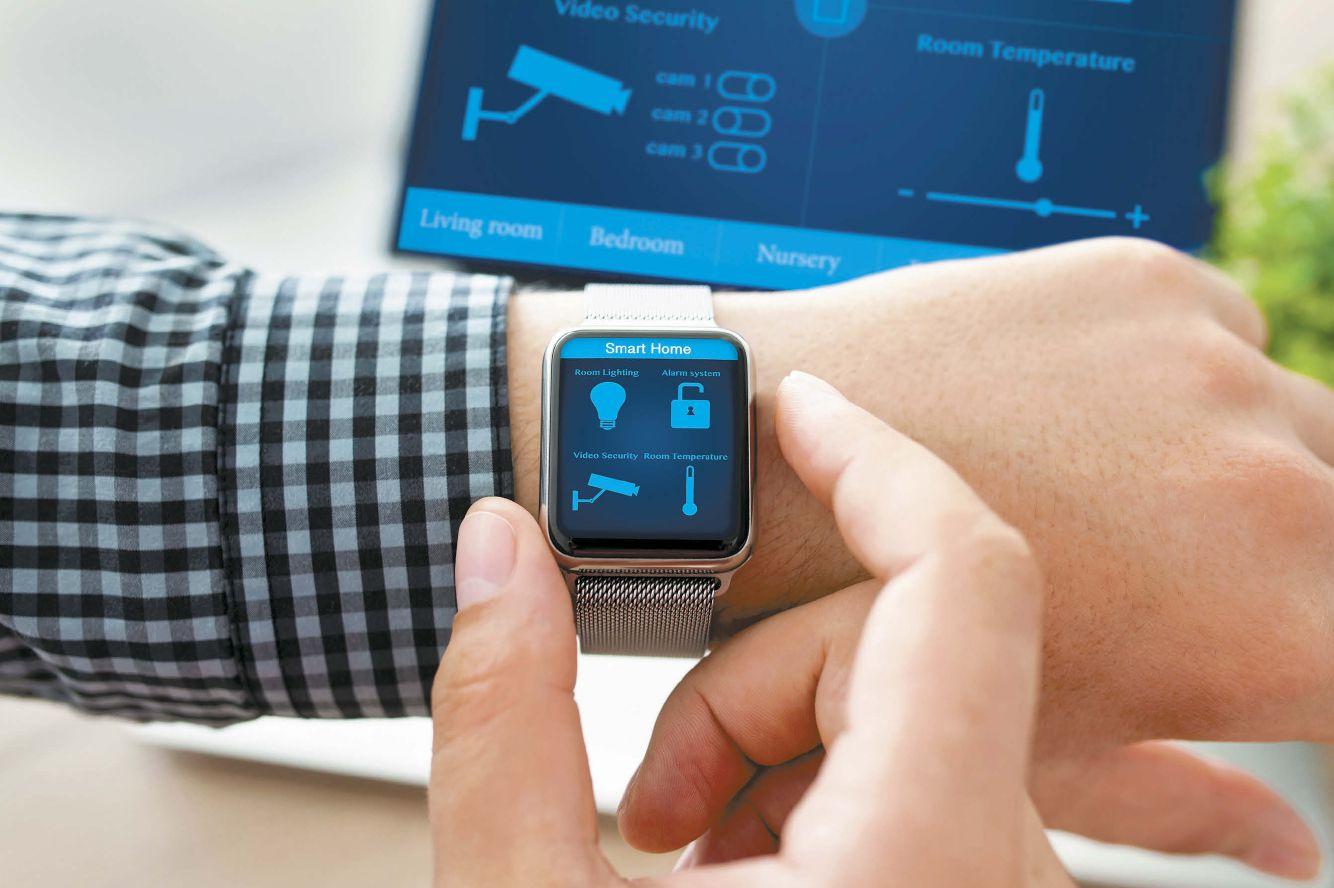
3 minute read
INSURANCE
Then again, how will the industry account for the sticker-shocking cost of repairing tech-rich, late-model cars? A single, original-equipment headlamp assembly for a 2016 Nissan Altima already costs $1,013, the National Insurance Crime Bureau reports. For a 2016 GMC Sierra, the part costs $1,144.
“That’s the kind of part you used to be able to get for 25 bucks, and you could do the repair yourself,” Becher said.
“Thanks to technology, it’s a whole new world, and I don’t think there’s any question that our companies are going to have to transform the way they do business.”
The driving force behind the change is this: Insurance companies are in constant pursuit of information that’ll help them predict who’ll file a claim, said Joseph Haley, professor of insurance and chairperson of the Department of Finance, Insurance and Real Estate at St. Cloud State University in St. Cloud, Minn. And technology, they’re thinking, can give them that information.
Here’s why. While insurers traditionally have had to rate risk by communities or groups, now they can get information from individuals – via car monitors, Fitbits and the like – and in real time.
“People can be asked to estimate their mileage over the next year, but that’s just a guess,” Haley said. Likewise, they can be and are asked how often they drive after dark or commute to and from work.
But telematic or “usage-based insurance” devices can replace that guesswork with data.
“So, that little Snapshot device makes quite a bit of sense to a company, although how people feel about being monitored is always a concern,” Haley said.
In fact, people are proving to have mixed feelings about it, and that’s a challenge for the industry, said Sherry Samson, senior vice president of Vaaler Insurance in Grand Forks.
“In our experience – and it might just be a reflection of this part of the country – there is a reluctance on people’s part to having these monitoring devices,” she said
At the same time, the sense is that as the data and pricing become more refined, the devices are going to become more and more prevalent. “One of our agents tested a car monitor on his own vehicle, and he said he drove like Grandpa for a time,” Samson said with a laugh.
“The results would have qualified him for about an 8 percent discount on his insurance. But I’m not sure he could have kept up his new driving style.”
Then there’s the question of what happens to all of this data once it’s compiled, said Jon Godfread, North Dakota insurance commissioner and the vice chair of the National Association of Insurance Commissioners’ Innovation and Technology Task Force.
That’s where insurance regulators come in. “A lot of our interest surrounds the data itself,” Godfread said.
“For example, who’s controlling that data? How secure is it? What are the algorithms that the company is using to determine risk, and does the consumer have any ability to look at those algorithms?”
At the very least, regulators must be able to look inside each company’s “black box” to make sure the policies are being priced appropriately.
“The stance we’re taking in North Dakota is that if you can justify it – if you can show that this home-monitoring system, or this wearable or this plug-in for your car can reduce risk –then it’s justified from a regulatory standpoint,” he said.
“But if it’s just an add-on or a trinket and we don’t know if it really reduces risk, then we’ll look a little deeper.”
The fact is, insurance is a heavily regulated industry, and that has slowed the adoption of new technologies, Godfread said.

The ban on rebating is one example. In many industries, it’s common to offer customers gifts – rebates – as an incentive to buy. But in most cases, rebates are illegal in insurance.
Insurance is complicated, and the ban is meant ensure companies compete on service and service alone, Godfread said.

Now, suppose an insurer offers free Fitbits in order to track its customers’ health. Is that a rebate?
“I’m heading out to San Francisco tomorrow for another national meeting, and that’s one of our main topics,” Godfread said Nov. 13.
“These are big changes, but we’ve been through this before. Before my time, when the horse and buggy went away and cars came on the road, they figured out how to get insurance done. We’ll do the same here, it just takes time.”
One thing’s for sure: Connected devices and their cascading effect on the industry have served to make insurance more exciting, said Haley, the St. Cloud State professor.
“It works to my advantage, because the students tend to come into class thinking all insurance is boring, and that the only job is as a State Farm agent,” he said.
“These days, it’s not hard to convince them that it’s really a dynamic business. They’ve all got their bank accounts on their phones, after all. And they’re so interested in technology.”
Tom Dennis Editor, Prairie Business tdennis@prairiebusinessmagazine.com 701-780-1276










